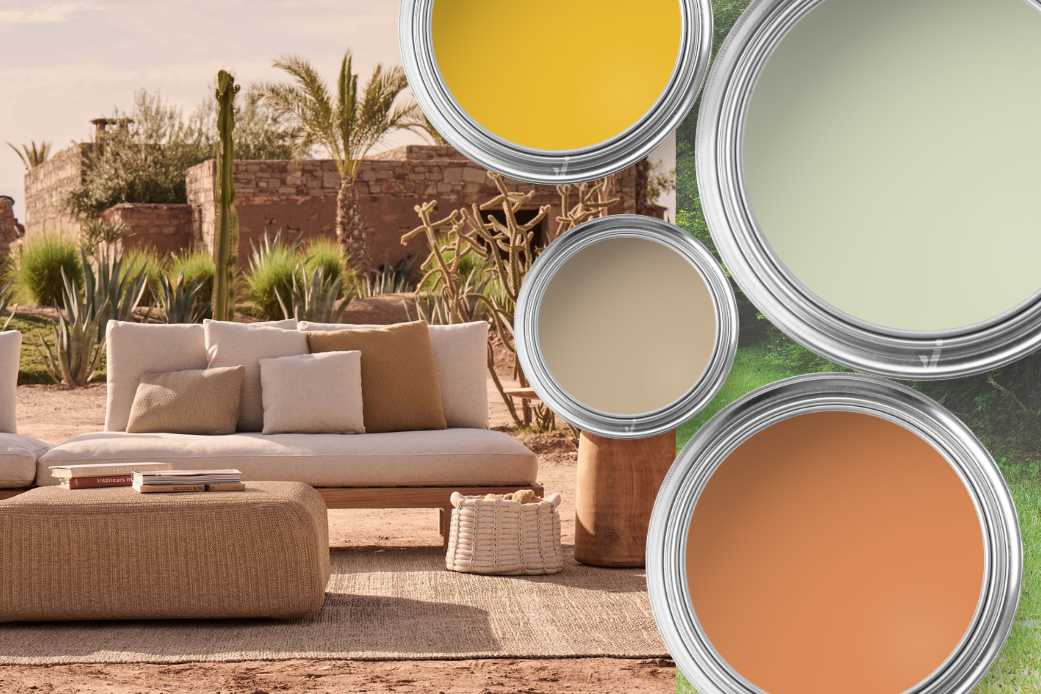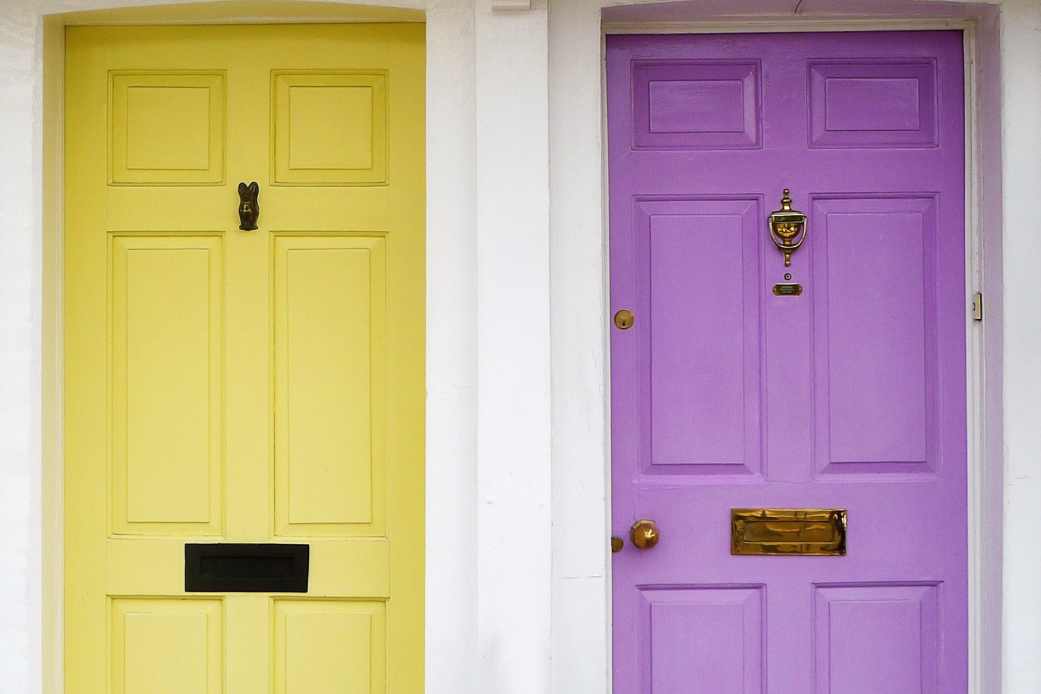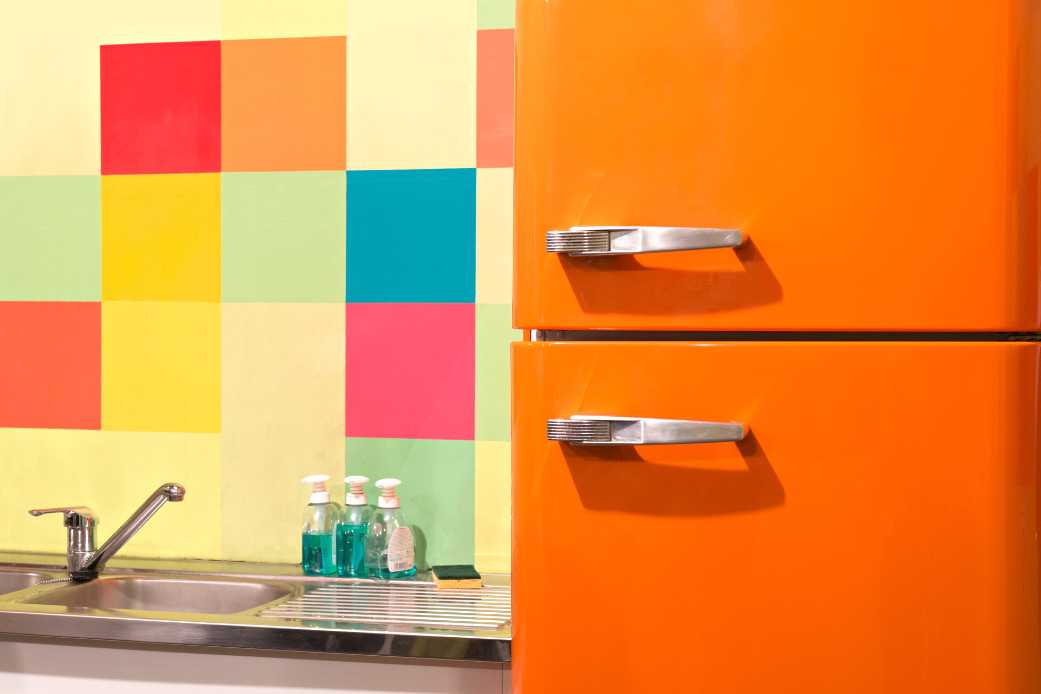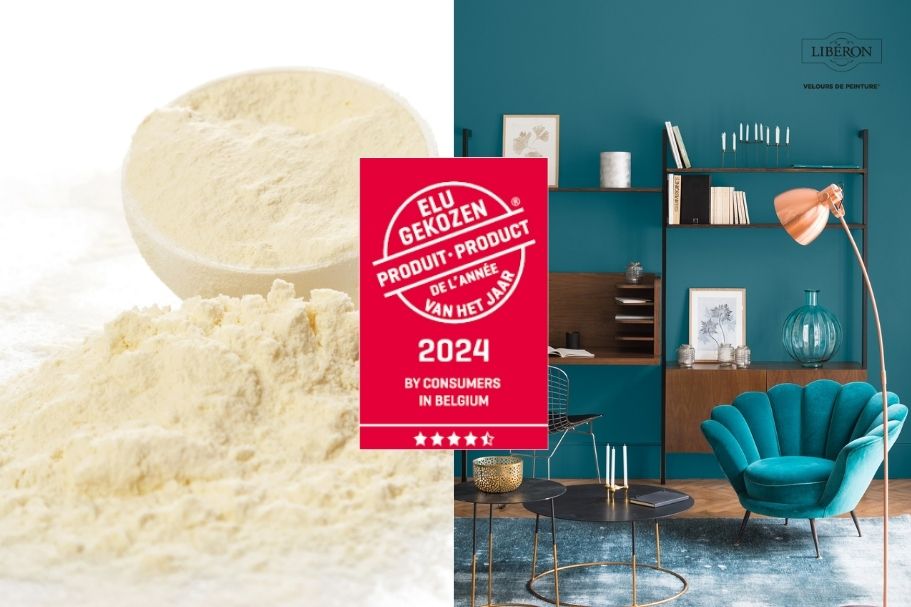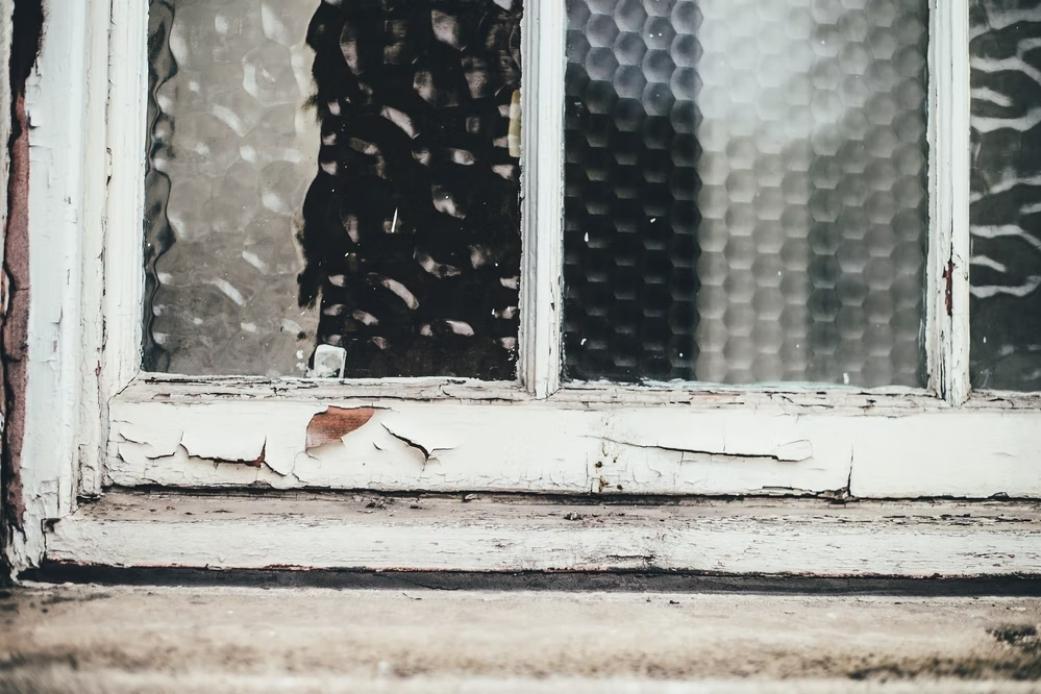
How do you fix peeling paint on exterior walls?
Imagine: you have been painting all day, the paint starts to dry and suddenly you start noticing all these small cracks appearing. What do you do? Add another layer of paint? Top off with varnish? Hope the cracks go away again? No stress, we're here to give you our best advice to make that wall look smooth again.
image source
What causes chipped paint?
- You're combining paints that aren't compatible. For example, if you combine solvent and water-based paints, the paint layer can start to peel off.
- Sometimes, the surface can be the cause, too. If the substrate is not strong enough to allow the paint to adhere, then obviously the paint will come off again. Or, if the surface can transform during harsh weather conditions, and you're not using paint with high elasticity, there will be cracks as well.
- Not preparing the surface (i.e. cleaning, degreasing, sanding,...) well enough before painting may also result in chipping paint. The surface will then be irregular and/or dirty, which will prevent the paint from adhering properly.
- Paint can also start to peel off due to ageing. In that case, the only solution is to remove the flakey paint layers, treat your wall and re-paint it.
- Rain, mildew or other moisture influences right after painting can also be an issue. Be sure to be aware of the drying times of the paint you're using and try to respect them. Also take into account that the drying times mentioned are usually intended for a temperature around 20°C. If it's colder outside, the paint may take a bit longer to dry completely.
- Moisture is not paint's best friend in general, as paint cannot adhere properly to a moist surface. So, before you start to paint, make sure the surface is completely dry. If not, try to find the the cause and fix it.
- A faulty impervious barrier
- Faulty ventilation
- Damages in the wall that allow rain water to penetrate the wall
- Thermal bridges in the wall cavity (i.e. places in the wall where the insulation is disrupted)
- Leakages in the gutter, piping, drainage, etc.
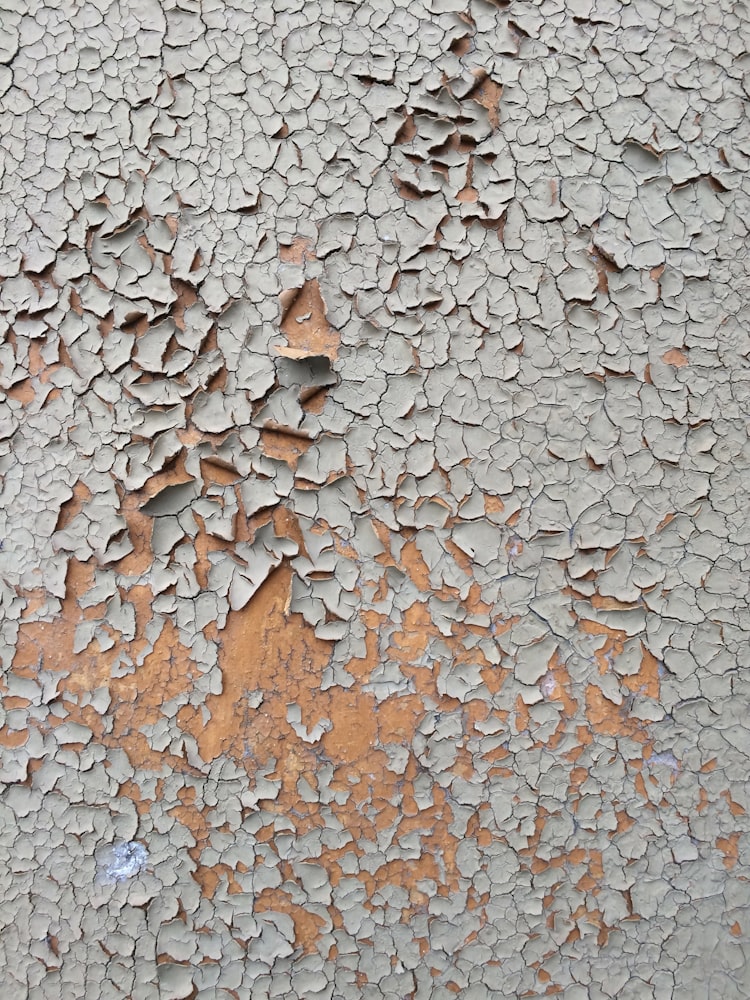
afbeelding: Unsplash


